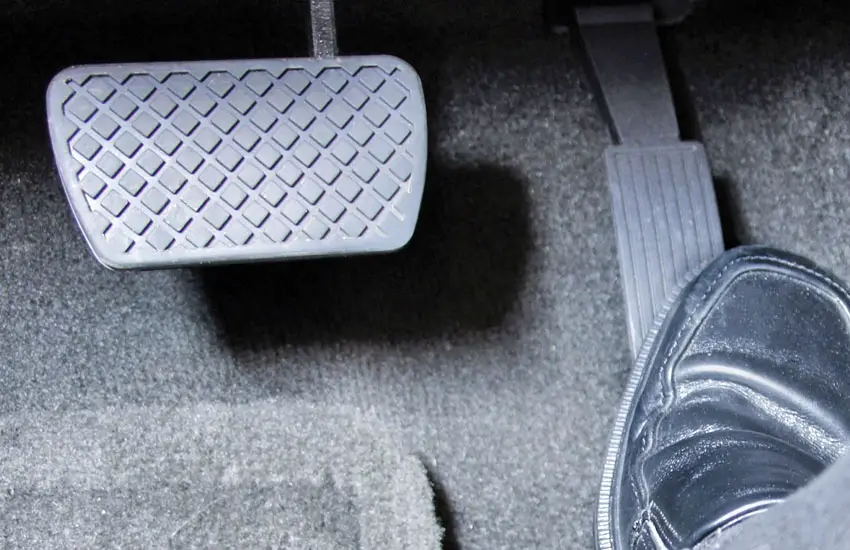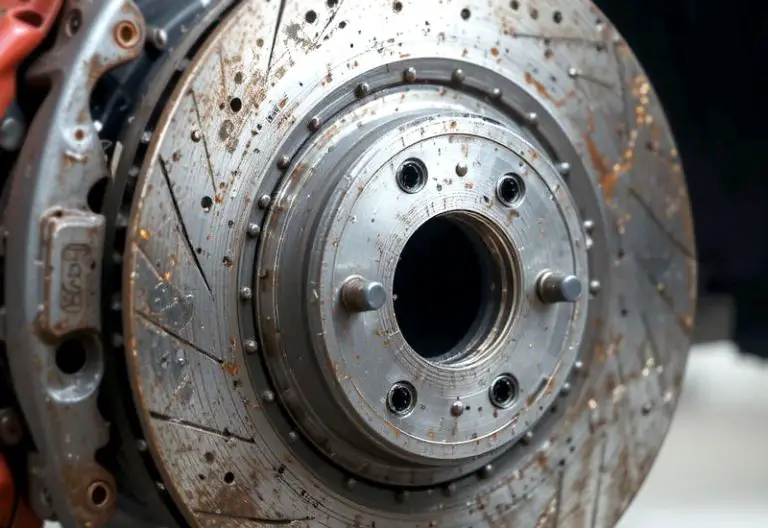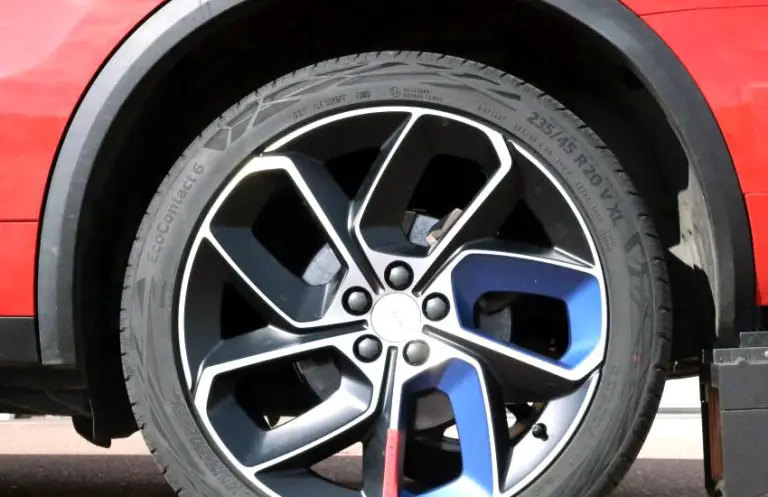When you’re driving, especially if you’re new to it, you might wonder about the best ways to handle your vehicle. One common question is whether you can brake without using the clutch. This topic is often confusing, but it’s essential to understand how your car’s braking and clutch systems work together. Let’s dive into this subject and explore the mechanics, safety aspects, and practical advice on braking without using the clutch.

Understanding Braking and Clutch Systems
Driving involves several coordinated actions, especially in cars with manual transmissions. Two crucial components of driving a manual car are the braking system and the clutch system. Understanding how these systems work can help clarify whether you can brake without using the clutch.
The Braking System
The braking system in your car is designed to slow down or stop the vehicle. When you press the brake pedal, brake fluid is sent through the brake lines to the brake calipers. The calipers then squeeze the brake pads against the brake rotors, creating friction that slows down the wheels. The harder you press the brake pedal, the more pressure is applied, and the faster your car slows down.
Modern cars often come equipped with advanced braking systems such as Anti-lock Braking Systems (ABS). ABS prevents the wheels from locking up during heavy braking, which helps maintain traction and control, especially on slippery surfaces. This system is crucial for safety as it allows you to steer while braking hard.
The Clutch System
The clutch system is specific to manual transmission vehicles. The clutch is a mechanical device that connects and disconnects the engine from the transmission. When you press the clutch pedal, the clutch disengages, allowing you to change gears smoothly. When you release the clutch pedal, the clutch engages, reconnecting the engine to the transmission and allowing power to be transmitted to the wheels.
The clutch is essential for shifting gears without causing damage to the transmission. It also plays a role in starting the car from a standstill. By engaging and disengaging the clutch, you can control the power flow from the engine to the wheels.
Braking Without Using the Clutch
Now that we’ve covered the basics of the braking and clutch systems, let’s focus on the main question: is it possible to brake without using the clutch? The answer depends on several factors, including your driving speed, the gear you’re in, and the situation you’re facing on the road.
At higher speeds, you can indeed brake without pressing the clutch pedal. In fact, it’s often safer to do so. When you brake without using the clutch, the engine remains engaged with the wheels, which helps with engine braking. Engine braking is the process where the engine helps slow down the car when you take your foot off the accelerator. This method is beneficial because it provides additional braking force and helps prevent your brakes from overheating.
However, when you’re driving at lower speeds or coming to a complete stop, using the clutch becomes more necessary. If you don’t press the clutch pedal while braking to a stop, the engine will likely stall. Stalling happens because the engine cannot keep running if it’s forced to turn at too low a speed without disengaging from the transmission. To avoid stalling, you need to press the clutch pedal when your speed drops to a point where the engine cannot sustain its operation.
Practical Advice for Braking Without Using the Clutch
Knowing when and how to brake without using the clutch can improve your driving skills and enhance your car’s performance. Here are some practical tips and scenarios to help you understand when to use or avoid the clutch while braking.
Braking at High Speeds
When you’re driving at high speeds, say on a highway or an open road, you can brake without using the clutch. In these situations, the engine provides enough power to remain engaged with the wheels without stalling. Here’s how you can safely brake at high speeds without pressing the clutch:
- Ease Off the Accelerator: Gradually take your foot off the accelerator pedal. This action allows the engine to slow down naturally, providing some initial braking force.
- Apply the Brakes: Gently press the brake pedal to start slowing down the car. If you need to brake harder, press the brake pedal more firmly. The engine will help slow the car down through engine braking.
- Downshift if Necessary: If you need to slow down significantly or come to a lower speed, consider downshifting. Downshifting to a lower gear helps maintain the engine’s engagement with the wheels, providing additional engine braking. Ensure you match the engine speed to the lower gear to avoid jerky movements.
By following these steps, you can effectively brake at high speeds without needing to disengage the clutch. This technique helps maintain better control of the car and can extend the life of your brake pads.
Braking at Low Speeds
Braking at low speeds, such as in city traffic or when approaching a stop sign, requires a different approach. At low speeds, the engine’s speed may drop to a point where it cannot stay engaged without stalling. Here’s how you should handle braking at low speeds:
- Ease Off the Accelerator: Just like at high speeds, start by gradually taking your foot off the accelerator pedal. This action allows the engine to begin slowing down the car.
- Press the Brake Pedal: Apply the brakes gently to slow down further. Monitor your speed closely.
- Press the Clutch Pedal: As your speed drops and the engine’s RPM (revolutions per minute) gets low, press the clutch pedal to disengage the engine from the transmission. This step is crucial to prevent stalling.
- Shift to Neutral or Downshift: Depending on the situation, you can either shift to neutral if you’re coming to a complete stop or downshift to a lower gear if you’re continuing to drive at a lower speed.
By pressing the clutch pedal at low speeds, you prevent the engine from stalling, ensuring a smooth and controlled stop. This technique is particularly important in stop-and-go traffic or when approaching red lights.
Emergency Braking
In an emergency braking situation, your priority is to stop the car as quickly and safely as possible. The steps you take might vary slightly depending on the situation, but here’s a general guideline:
- Apply the Brakes Firmly: Press the brake pedal firmly to apply maximum braking force. Modern cars with ABS will prevent the wheels from locking up, allowing you to maintain control and steer if necessary.
- Press the Clutch Pedal: Simultaneously press the clutch pedal to disengage the engine. This step prevents the engine from stalling and allows you to come to a stop more quickly.
- Steer if Necessary: If you need to steer around an obstacle while braking, ABS will help maintain traction. Keep the clutch pedal pressed to avoid stalling during these maneuvers.
In emergencies, the focus is on stopping quickly and maintaining control. Pressing the clutch pedal is essential to prevent the engine from stalling and ensure you can take any necessary actions to avoid a collision.
Are These Questions in Your Mind?
Is it safe to brake without using the clutch?
Yes, it is generally safe to brake without using the clutch, especially at higher speeds. However, at lower speeds, you should use the clutch to avoid stalling the engine.
Can you damage your car by braking without using the clutch?
Braking without using the clutch at high speeds won’t damage your car. However, at low speeds, failing to use the clutch can cause the engine to stall, which isn’t harmful in itself but can be inconvenient and potentially unsafe.
Do I always need to press the clutch when stopping?
No, you don’t always need to press the clutch when stopping, especially at higher speeds. At lower speeds or when coming to a complete stop, you should press the clutch to prevent the engine from stalling.
Is it better to downshift while braking?
Yes, downshifting while braking can provide additional engine braking and help you maintain better control of your vehicle. It’s particularly useful when descending hills or slowing down significantly.
Can engine braking save your brake pads?
Yes, engine braking can reduce the wear on your brake pads by using the engine to help slow down the car, thus extending the life of your brakes.
Do I need to use the clutch when braking in an automatic car?
No, automatic cars don’t have a clutch pedal. The car’s transmission automatically manages gear changes, so you only need to use the brake pedal to slow down or stop.
Is engine braking the same as downshifting?
Engine braking involves slowing down the car by taking your foot off the accelerator and allowing the engine to reduce speed. Downshifting can enhance engine braking by engaging a lower gear, which increases the engine’s resistance and helps slow down the car.
Can I brake without using the clutch on a motorcycle?
Similar to cars, you can brake without using the clutch on a motorcycle at higher speeds. At lower speeds, you should use the clutch to avoid stalling the engine.
Do I need to use the clutch when starting from a stop?
Yes, in a manual transmission car, you need to use the clutch when starting from a stop to smoothly engage the engine with the transmission.
Can braking without the clutch improve fuel efficiency?
Braking without the clutch can contribute to better fuel efficiency by using engine braking, which reduces the need for heavy braking and helps maintain smoother driving.
I hope this article has helped clarify whether you can brake without using the clutch. Understanding when and how to use the clutch while braking can improve your driving skills, enhance safety, and prolong the life of your car’s components. Safe driving!


